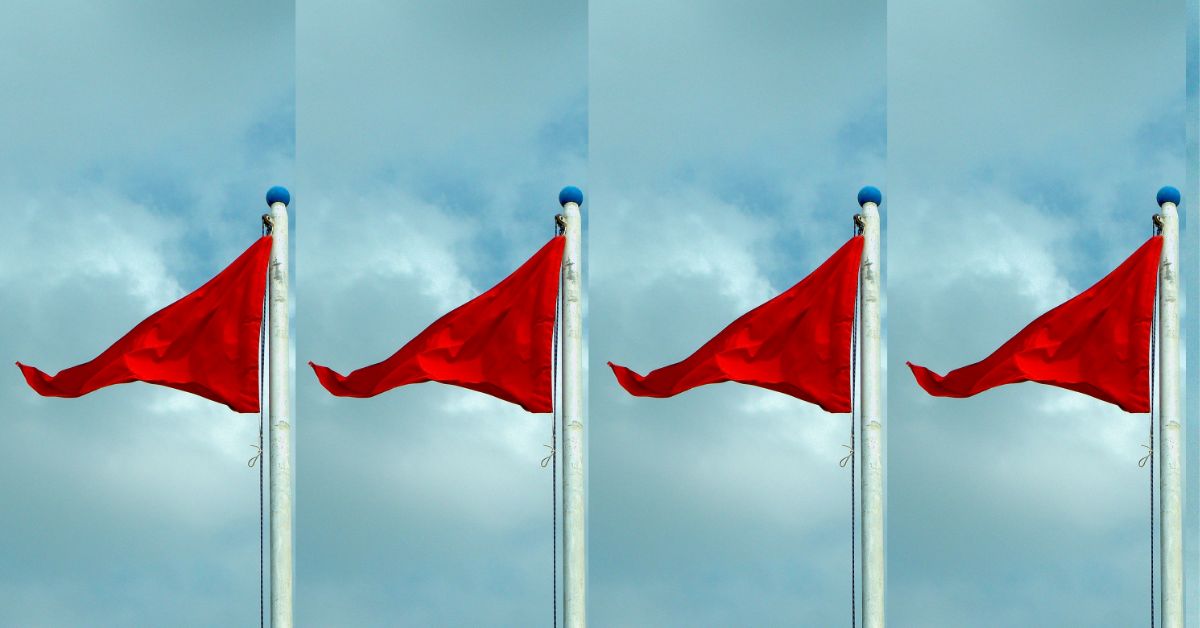Why the Hunger for Followers?
In social media, especially on Instagram, follower count holds significant weight. Unlike platforms such as TikTok and Twitch that prioritize engagement and views, Instagram’s emphasis on community makes audience size a crucial influencer benchmark.
For instance, Nano influencers with 1-10K followers, micro influencers with 10-100K, and the tiers go on. To step into the influencer realm, hitting that 1K mark is essential.
However, building a substantial following is no cakewalk, and many aspiring influencers turn to a quick fix – fake followers. Unfortunately, the ease of buying fake followers poses a challenge for marketers.
A mere Google search for “buy Instagram followers” yields a staggering 286 million results, with top-ranking sites promising instant delivery and prices as low as USD 0.59.

It’s a tempting shortcut, but the true path to influence lies in authentic engagement.
4 Common Red Flags to Spot Influencers that Buy Instagram Followers
In 2019 a vast number of brands lost a whopping $1.3 billion to influencers with fake or bot followers. This loss is due to lack of proper research in ascertaining influencers with real time followers or otherwise.
But we got you!
Here are the 4 common red flags you must note as a brand manager, marketing manager or any brand representative to ensure that your influencer marketing budget gives you a considerable ROI. They are:
1. Excessively Low or High Engagement Rate
When evaluating potential influencer collaborations, engagement is the critical metric. Although a diminished engagement rate doesn’t automatically signal bought followers, it warrants scrutiny. Assess likes, comments, and shares – how do they stack up against accounts of similar size?
Industry reports suggest engagement rates ranging from 0.95% for 100K+ followers to 4.21% for accounts with fewer than 5K followers.
Just as low engagement rates can be a fake followers indicator, beware of excessively high engagement rates. They might not be as genuine as they seem. If you notice repetitive likes or engagements on every post, it’s likely the work of Instagram bots.
The paradox is that a massive follower count can dilute an influencer’s overall engagement rate, demanding a higher number of consistent interactions.
2. Inactive Followers Accounts
When considering a brand influencer, first scrutinize their followers—it’s simpler than you might imagine. Here’s a guide to help you navigate the red flags:
Empty Profiles: If an influencer is trailed by users lacking posts or a profile picture, it’s a strong signal of fake followers. Look out for these blanks in their follower list.
Private and Spam Accounts: Take note of influencers with a multitude of private accounts and usernames that scream “spam.” These are clear indications that the influencer might be accumulating fake followers through dubious means.
Association with Fan-Buying Services: Scour their followers and those they follow; spotting one or two fan-buying accounts is a significant warning. Such associations strongly suggest the influencer is amassing fake followers. Stay vigilant and ensure authenticity in your influencer partnerships.
3. Spam-like Comments
A glance at the comments section can reveal much about an influencer’s follower authenticity.
Generic, irrelevant, or spammy comments, particularly in abundance, are a glaring red flag.
For a deeper dive, explore the profiles of commenters – a helpful tactic in discerning the genuineness of an influencer’s engagement.
4. Inconsistent Follower Demographics and Niches
Not all fake followers are easy to spot. However, take a closer look at the bios and content of suspect profiles.
If you notice conflicting demographics or unrelated locations, it could be indicative of purchased followers.
Automated Tools for Verification
If manually sifting through Instagram followers feels overwhelming, fear not – there are tools at your disposal to unveil the authenticity of an influencer’s following.
FakeCheck: To analyze an Instagram account, copy and paste the Instagram handle into FakeCheck.co and let the magic unfold.
This tool scans profiles, distinguishing between genuine and fake followers, even pinpointing the most suspicious ones. It’s a quick, effective, and free snapshot of an account’s follower landscape.
Social Blade: For a comprehensive influencer data dive across social networks, Social Blade is your ally. It reveals swift insights into engagement rates, daily follower gains or losses, and overall follower numbers.
Social Audit Pro: A paid service providing follower analytics, it conducts a comprehensive audit of a profile’s followers with different pricing tiers based on follower count. So you can choose from different affordable levels based on account size, ranging from $10 to $25.
Upfluence Chrome Plugin: This free plugin offers holistic insights into an influencer’s social media performance. From engagement rates to audience demographics, this tool works seamlessly across multiple platforms.
Final Thoughts
Padding follower numbers might offer a shortcut to influencer stardom, but it affects authenticity and influence. While some legitimate accounts may attract spam followers, an overwhelming presence of fake followers should be a deal-breaker for brands.
A vigilant manual check of followers and comments can quickly unveil the true nature of an influencer’s audience.
Therefore, genuine engagement and an active, authentic follower base are non-negotiables for a fruitful influencer marketing partnership.
So, the next time an influencer’s follower count bedazzles you, remember that not all that glitters is gold.
And when the search for genuine influencers becomes overwhelming, trust DottsMediaHouse to manage your Influencers Marketing.





